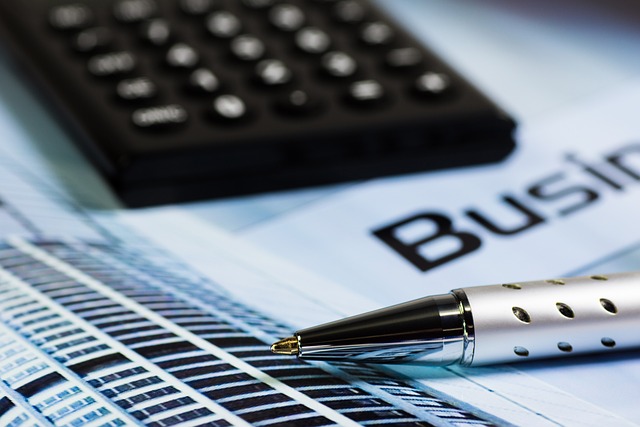
Introduction to VAT in the UK
Value Added Tax (VAT) is a cornerstone of VAT accounting in the UK and is crucial for businesses. Whether you are a business owner, an accountant, or a developer integrating financial tools, knowing how to calculate VAT in the UK is essential.
This step-by-step guide explains the manual VAT calculation formulas, ensuring that you understand both the VAT inclusive calculation and VAT exclusive calculation processes.
As we progress, we’ll break down the process of UK VAT calculation, covering how to add and remove VAT from prices. With clear examples and a detailed explanation of the VAT formula UK, this guide is designed to help you master the art of VAT calculation for small businesses in the UK.
Understanding the VAT Formulas (VAT formula UK)
Calculating VAT involves two main formulas:
- Adding VAT: Converts a net (VAT‑exclusive) amount to a gross (VAT‑inclusive) amount using the multiplier
1 + (VAT Rate/100). - Removing VAT: Extracts the original net amount from a gross (VAT‑inclusive) price (also called reverse VAT calculation).
Formula to Add VATNet Amount * (1 + VAT Rate/100) = Gross Amount | Formula to Remove VATGross Amount / (1 + VAT Rate/100) = Net Amount |
|---|---|
| Example: If your net amount is £500 and the VAT rate is 20%: Calculation: 500 * (1 + 20/100) = 500 * 1.2 = £600 | Example: If your gross amount is £500 and the VAT rate is 20%: Calculation: 500 / 1.2 ≈ £416.67 |
The multiplier 1.2 comes directly from the formula: 1 + (VAT Rate / 100). This simple yet effective formula is the heart of UK VAT calculation.
Step-by-Step: Adding VAT to a Net Price (VAT Inclusive Calculation)
When you want to convert a net price to a gross price, multiply the net amount by the VAT multiplier:
Formula:
- Net Amount * (1 + VAT Rate/100) = Gross amount
Example:
- VAT Rate: 20%
- Net Amount: £250.00
- Calculation: 250.00 * (1 + 20/100) = 250.00 * 1.2 = £300.00
- VAT Added: £300.00 – £250.00 = £50.00
This example shows how a net price of £250 is transformed into a VAT inclusive price of £300, demonstrating how to add VAT from prices accurately.
Step-by-Step: Removing VAT from a Gross Price (Reverse VAT Calculation)
Reverse VAT calculation allows you to extract the original net price from a VAT inclusive amount. Simply divide the gross price by the VAT multiplier:
Formula:
- Gross Amount / (1 + VAT Rate/100) = Net Amount
Example:
- VAT Rate: 20%
- Gross Amount: £250.00
- Calculation: 250.00 / 1.2 ≈ £208.33
- VAT Removed: £250.00 - £208.33 ≈ £41.67
This reverse VAT calculation shows how to remove VAT from a gross amount to reveal the VAT exclusive calculation, providing a clear method for UK VAT calculation.
Advanced Examples and Best Practices for VAT Accounting
While the standard VAT rate in the UK is 20%, some goods and services may have a reduced rate (such as 5%). By adjusting the VAT rate in the formulas, you can apply the same methods to different scenarios.
Advanced Example (Reduced VAT Rate):
For a product with a 5% VAT rate, the multiplier becomes:
1 + (5/100) = 1.05
Adding VAT:
- Net Amount: £100.00
- Calculation: 100.00 * 1.05 = £105.00
Removing VAT:
- Gross Amount: £105.00
- Calculation: 105.00 / 1.05 = £100.00
Best Practices:
- Always verify the current VAT rate to ensure accurate UK VAT calculation.
- Use precise formulas for VAT inclusive and VAT exclusive calculations to avoid rounding errors in VAT accounting.
- Leverage our online VAT calculator as a reliable tool in your VAT guide for businesses.
Additional Tips and Frequently Asked Questions
Why is understanding VAT calculation important?
Mastering the manual VAT calculation formulas explained in this guide ensures that you can confidently calculate VAT, maintain compliance, and manage VAT accounting effectively.
Can these formulas be applied internationally?
While the basic process is similar, always adjust the VAT rate for local tax laws when using these techniques beyond the UK.
How can I automate VAT calculations?
Incorporate these formulas into accounting software, custom scripts, or spreadsheets for an efficient, automated approach to calculate VAT in the UK.
Conclusion
This step-by-step guide to calculate VAT in the UK has provided you with a comprehensive look at both VAT inclusive and exclusive calculations. By understanding the VAT formula UK and employing reverse VAT calculation techniques, you can ensure accurate VAT accounting and maintain compliance with current tax regulations.
For more tools and insights, try our VAT calculator and subscribe to our newsletter for the latest updates in UK VAT calculation and VAT guide for businesses.
Key Takeaways
- VAT Calculation Basics: Use the multiplier 1 + (VAT Rate/100) to perform both VAT inclusive and VAT exclusive calculations.
- Practical Examples: Detailed examples demonstrate how to add and remove VAT from prices, illustrating UK VAT calculation and reverse VAT calculation.
- Best Practices: Always verify current VAT rates and use accurate formulas to ensure error-free VAT accounting.
- Automation Opportunities: Integrate these manual VAT calculation formulas into your software or spreadsheets for streamlined operations.
- Further Resources: Visit our VAT calculator for a quick and reliable way to calculate VAT in the UK.